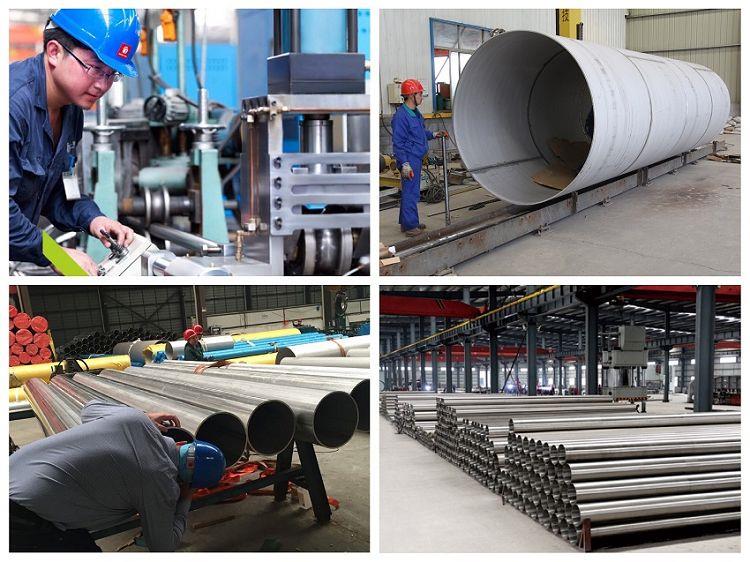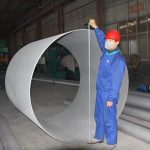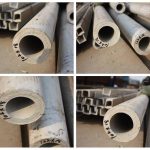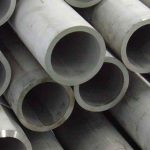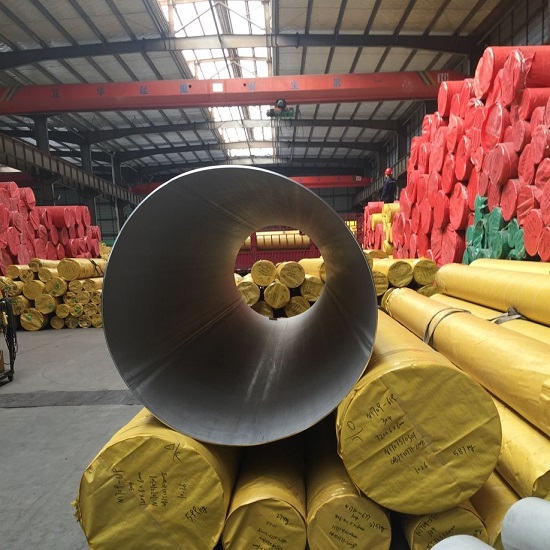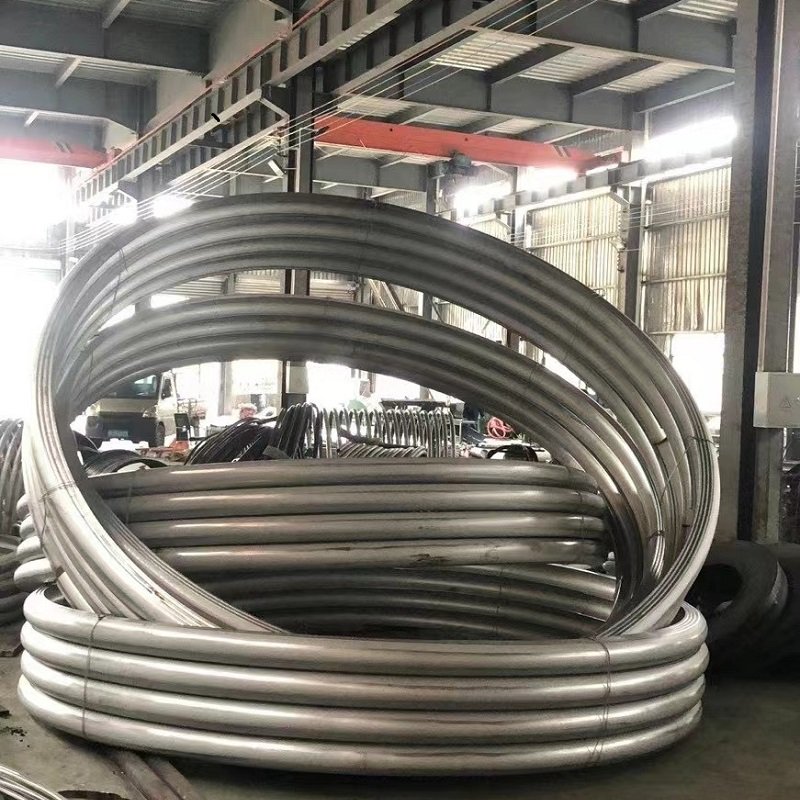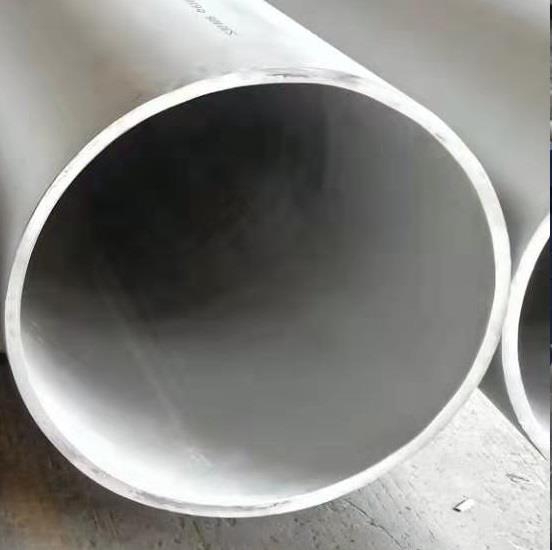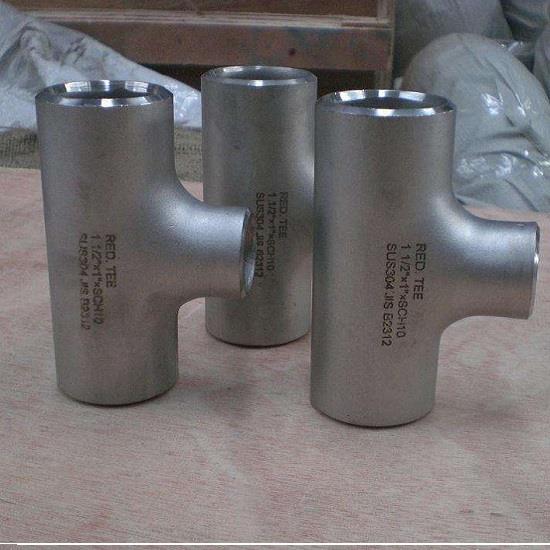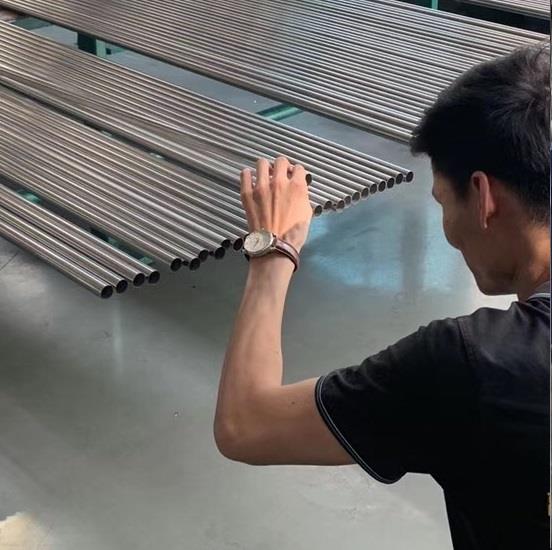Introduction:
Stainless steel has become a popular choice in the construction industry due to its durability, strength, and resistance to corrosion. One of the most common types of stainless steel used in piping systems is the 304 inox pipe. This article will cover everything you need to know about 304 inox pipes, including their composition, properties, applications, and benefits.
What is it?
The inox pipe is a type of stainless steel pipe that contains 18% chromium and 8% nickel, making it an austenitic stainless steel. It also contains small amounts of carbon, manganese, phosphorus, sulfur, and silicon. The term “inox” refers to the French word for stainless steel, “inoxydable.”
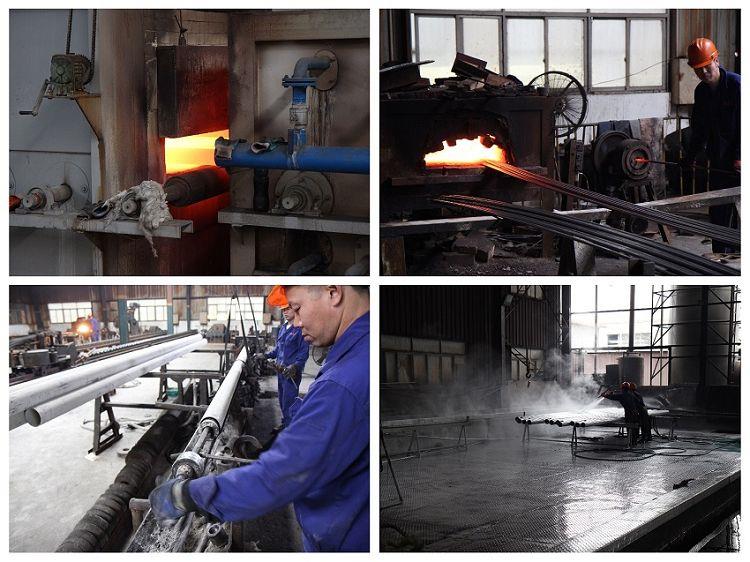
Composition and Properties:
- Chromium – Provides resistance to corrosion and oxidation
- Nickel – Enhances corrosion resistance and ductility
- Carbon – Strengthens the material and improves hardness
- Manganese – Improves toughness and workability
- Phosphorus – Increases strength and corrosion resistance
- Sulfur – Enhances machinability
- Silicon – Improves ductility and reduces scaling at high temperatures
Benefits:
- Corrosion Resistance – Due to its high chromium and nickel content, 304 inox pipe is highly resistant to corrosion and oxidation, making it ideal for use in harsh environments such as chemical plants and offshore oil rigs.
- Durability – the pipe is known for its durability and strength, making it a reliable choice for high-pressure applications such as water or gas distribution systems.
- Aesthetic Appeal – Its sleek and polished finish makes the inox pipe a popular choice for architectural and decorative applications such as handrails or balustrades.
- Hygiene – the pipe is non-porous, making it easy to clean and maintain. It is also resistant to bacteria and other microorganisms, making it ideal for use in food processing plants and medical facilities.
- Cost-Effective – Despite its many benefits, the inox pipe is relatively affordable compared to other types of stainless steel piping materials.
Applications:
- Chemical Processing – the pipe is commonly used in chemical processing plants due to its resistance to corrosion and oxidation.
- Food Processing – It is a popular choice in the food processing industry due to its hygienic properties and resistance to bacteria.
- Water Distribution – the pipe is ideal for water distribution systems due to its durability and resistance to corrosion.
- Oil and Gas – It is widely used in the oil and gas industry due to its resistance to harsh environmental conditions.
- Architecture and Design – Its sleek and polished finish make it a popular choice for architectural applications such as handrails, balustrades, and decorative features.
Different Types of Stainless Steel Pipes
Stainless steel pipes come in various types, each with unique properties that make them suitable for different applications. These types include austenitic, ferritic, duplex, and martensitic stainless steel pipes. While the pipe is an austenitic stainless steel pipe, it is essential to understand the differences between these types to choose the right piping material for your specific application.
Manufacturing Process
the inox pipe is manufactured using a process known as cold rolling or cold drawing. This involves passing the metal through rollers or drawing it through a die at a low temperature, which improves its strength and hardness while maintaining its ductility. The resulting pipe is then annealed, which relieves internal stresses and makes it easier to work with.
Maintenance and Care
To ensure that the pipe maintains its durability and corrosion resistance, it is essential to clean and maintain it regularly. This includes avoiding harsh chemicals and abrasive materials, wiping up spills immediately, and ensuring proper drainage to prevent stagnation of water or other fluids that can cause corrosion.
How to Choose
Choosing the right inox pipe supplier s crucial to ensuring the quality and reliability of your piping system. It is important to choose a supplier with a proven track record of providing high-quality stainless steel products, such as 304 inox pipe, and who offers reliable customer service and support. Look for suppliers who have certifications and accreditations that demonstrate their commitment to quality and safety, such as ISO 9001 and ASME certifications.
How to install
Proper installation of the pipe is critical to ensuring its longevity and reliability. It is essential to follow best practices for installation, including proper alignment, support, and anchoring, ensuring that it is free from debris and contaminants, and using appropriate fittings and connectors. It is also important to follow industry standards and regulations for the specific application and location of the piping system.
Conclusion:
In conclusion, 304 inox pipe is a reliable and durable option for various applications in the construction industry. Its unique properties, including corrosion resistance, durability, and aesthetic appeal, make it a popular choice for chemical processing, food processing, water distribution, oil and gas, and architectural applications. Understanding the different types of stainless steel pipes, the manufacturing process of 304 inox pipe, and proper maintenance and care are essential to ensuring its longevity and reliability. Choosing the right supplier and following best practices for installation can ensure that your piping system performs optimally and meets all industry standards and regulations.
Related Products

